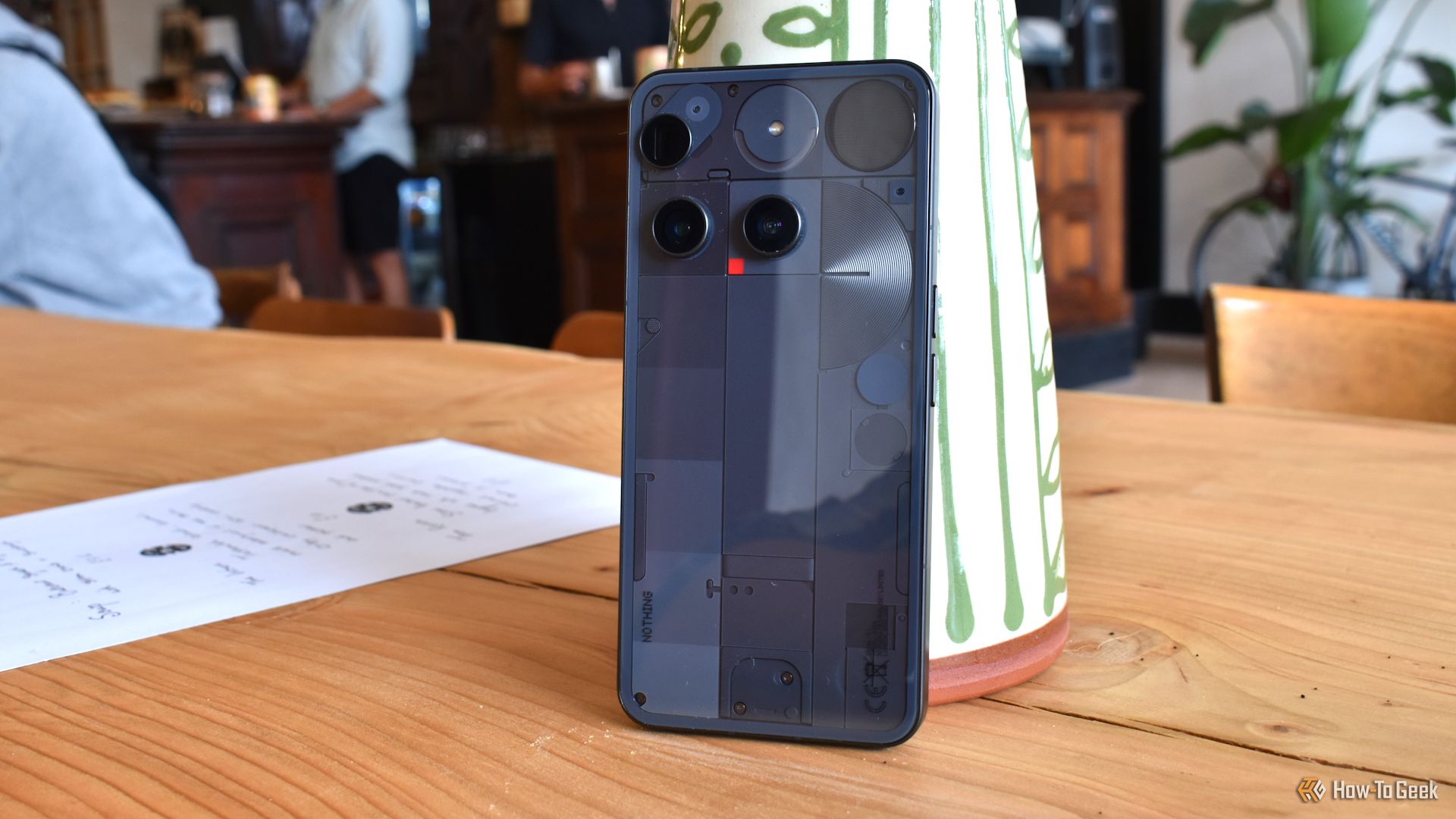Here it is: Nothing's first "flagship" smartphone, the Nothing Phone (3). Divisive from the outset, the Nothing Phone (3) boasts a solid set of fundamentals that make it a great smartphone—but it also has some definite issues.
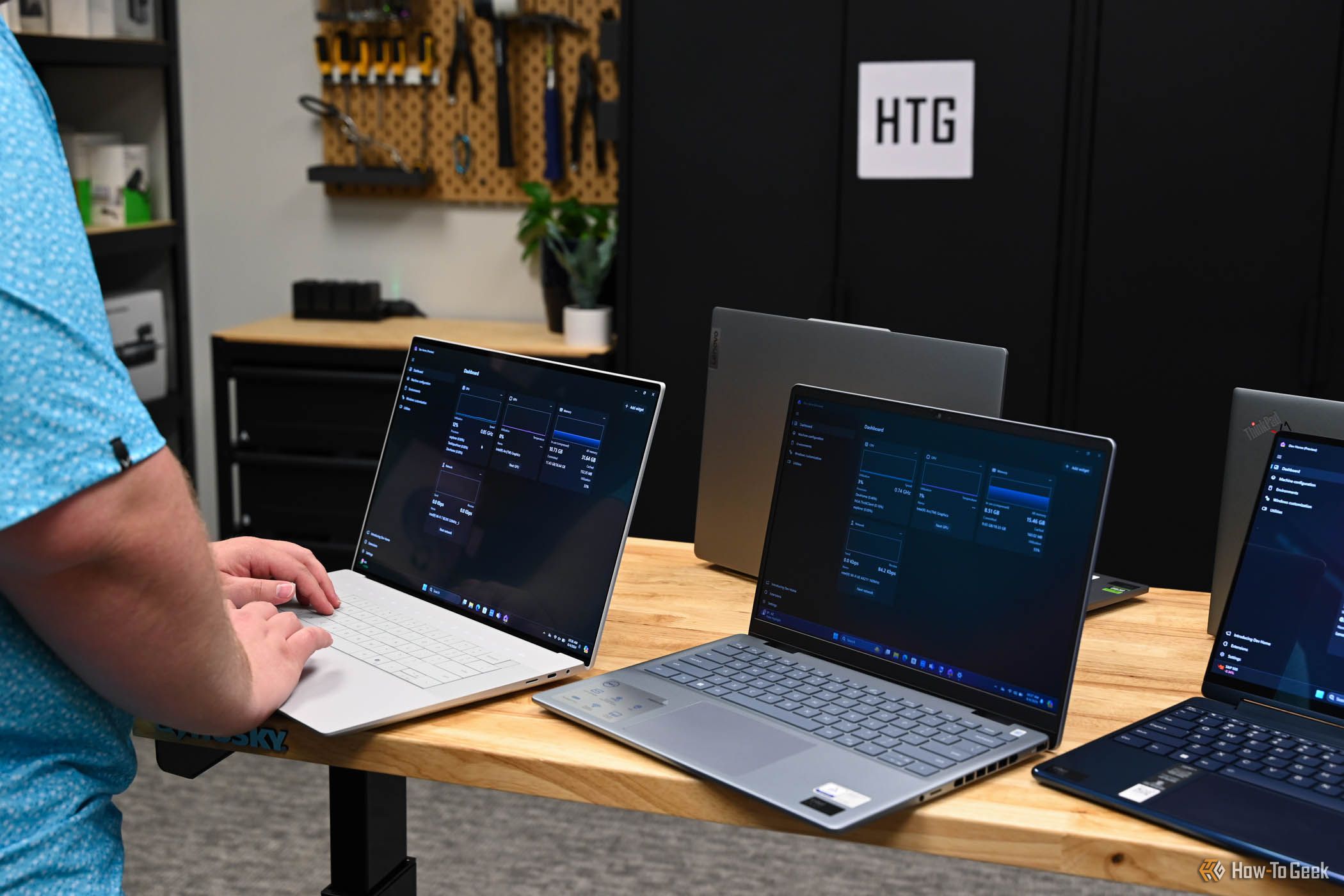
How We Test and Review Products at How-To Geek
We go hands-on with every product to ensure it's worth your time and money.
Price and Availability
The Nothing Phone (3) is available in the US starting from July 15, with two options available:
- Nothing Phone (3) 12GB/256GB
- Nothing Phone (3) 16GB/512GB
The 12GB model will cost $799, while the beefier 16GB version will cost $899. Both come equipped with the Snapdragon 8s Gen 4, and both are available in black or white. What's great about the Nothing Phone (3) specifically launching in the US is that there will be no guessing game about which carrier will offer support.
Specifications
- SoC
- Qualcomm Snapdragon 8s Gen 4
- RAM
- 12/16GB
- Storage
- 256/512GB
- Battery
- 5,150 mAh
- Operating System
- Android 15
- Dimensions
- 160.6 x 75.6 x 9 mm
- Display type
- AMOLED
- Brand
- Nothing
- Display
- 6.67-inch, 1260x2800 (1.5K) AMOLED
- Ports
- USB-C
- Front camera
- 50 MP, f/2.2, (wide), 1/2.76"
- Connectivity
- Wi-Fi 7, Bluetooth 6.0
- Weight
- 218g
- Charge speed
- 65W wired, 15W wireless
- IP Rating
- IP68
- Main Camera
- 50 MP, f/1.7, 24mm, 1/1.3", PDAF, OIS
- Wide-Angle Camera
- 50 MP, f/2.2, 114˚, 1/2.76"
- Telephoto
- 50 MP, f/2.7, 1/2.75", PDAF, 3x optical zoom, OIS
A Unique Design That's Bound to Split Opinion
I was lucky enough to attend the Nothing Phone (3) launch in London in early July 2025. The Nothing Phone (3) was revealed to us on a stiflingly hot day, and it's fair to say that its reveal did nothing to cool us down, with its design immediately splitting opinions around the venue packed with tech journalists.

First up, the Nothing Phone (3) looks so much better in person than in any renders or other images you may have seen. And it's certainly a smartphone design that grows on you with time, especially as you adjust to the somewhat outlandish placement of the third camera lens and its housing. I'll talk more about the camera quality in a moment, but there is a specific reason the 3x periscope lens placement appears to be almost an afterthought in the design language of the Phone (3): it's punched directly through the smartphone's circuit board to make it fit and keep the device at 9mm thickness.
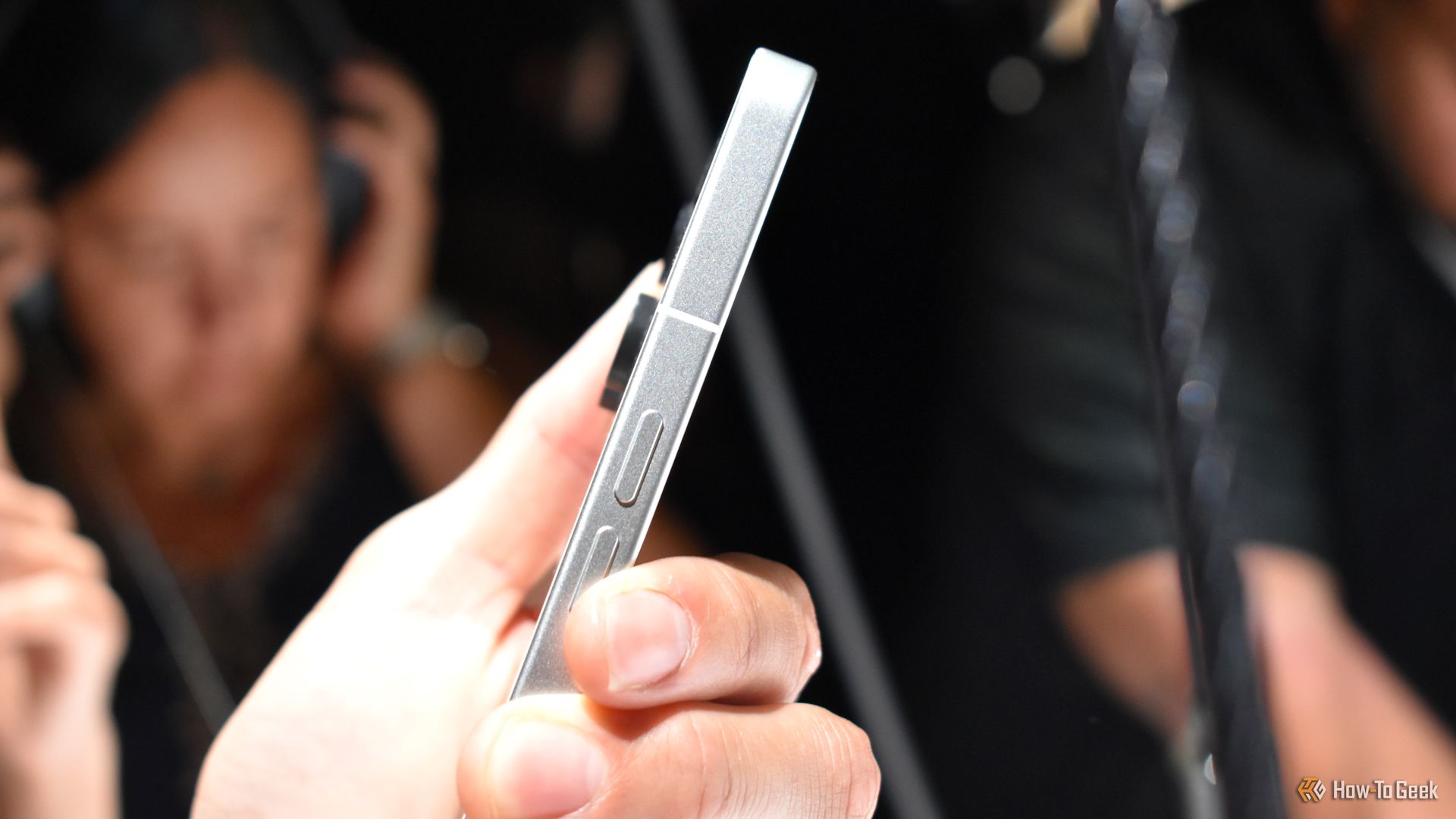
On first impression, it seems haphazard. The camera housing is basically overlapping the rear bezel, and unlike the other cameras, it doesn't have its own design square on the rear of the phone. But in time, it becomes another Nothing design quirk that sets it apart from other devices. In short, it doesn't bother me at all now I've spent some time with the phone.
But the rear of the phone isn't as sleek as previous Nothing Phones, and there isn't really a way of getting around that. It just doesn't look as flawlessly joined up as, say, the Nothing Phone (3a) and (3a) Pro. Part of the reason for this is to fit in the Nothing Phone (3)'s newest and shiniest feature: the Glyph Matrix and its capacitive control button, located underneath the rear-panel glass. Like the Nothing Phone (3)'s cameras, I'll explore the Glyph Matrix in a moment, but this is a core reason for the Phone (3)'s design.

The Nothing Phone (3) measures 160.6 × 75.6 × 9 mm, and weighs a reasonable 218g. That's slightly heavy considering the Phone (3) has a 5150mAh silicon-carbon battery, but it speaks to the quality of materials used throughout. For reference, the Pixel 9a weighs 186g (with a 5100mAh Li-Po battery), while the iPhone 16 weighs 170g (with a 3560mAh Li-Ion battery). Another phone I've been testing, the Realme GT7, weighs just 208g with a 7000mAh Si-C battery, so the Nothing Phone (3)'s extra weight is definitely coming from somewhere, and it isn't the battery.
And then there is the overwhelming feeling that the Nothing Phone (3) still has a touch of iPhone about it. The smooth aluminum frame with its integrated antenna bands bears a strong resemblance to numerous iPhone models, a style that previous Nothing Phones also contend with. Now, as the saying goes, imitation is the sincerest form of flattery, but Nothing just can't shake those stylistic comparisons.
Excellent Screen Quality
I'm a big fan of the Nothing Phone (3) screen. The 6.67-inch, 1260x2800 (1.5K) AMOLED display is one of the Phone (3)'s strongest features, and while it may not have LTPO tech, it doesn't detract from its overall use.
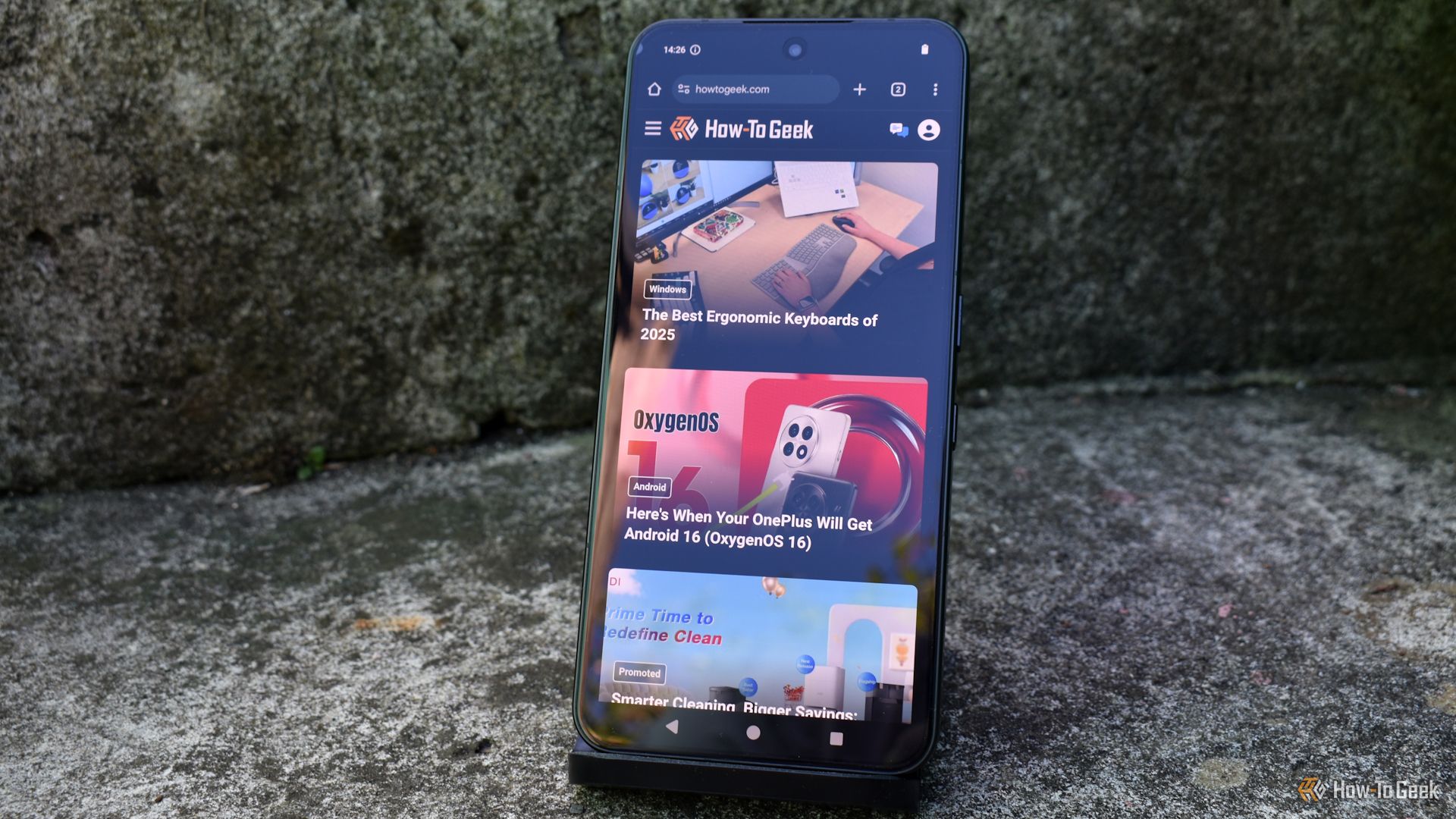
It still has a 120Hz refresh rate that's plenty enough. I didn't notice or encounter any huge issues with the display during my review period. The lack of LTPO is most likely to be felt while gaming, especially in demanding games with frame-rate transitions. For example, in Wreckfest, I didn't experience any issues, but in GRID Autosport (which is more demanding), there was the odd moment where it was clear the screen couldn't quite keep up.
But it was marginal, and most importantly, it didn't stop me playing or break my immersion in the game.
I enjoyed how bright the Nothing Phone (3) display is, too. Packing a peak brightness of 4,500 nits and a 1,600 nits high-brightness mode, it's easy to use and see in almost any scenario. We've had an exceptional spell of weather in the UK during my testing (I know—sunshine in the summer, basically unheard of here!), which means I've been testing the display under bright skies each day. There have been one or two occasions where I've had to turn to use my body as shade, but by and large, the Nothing Phone (3) display can take on the great outdoors.
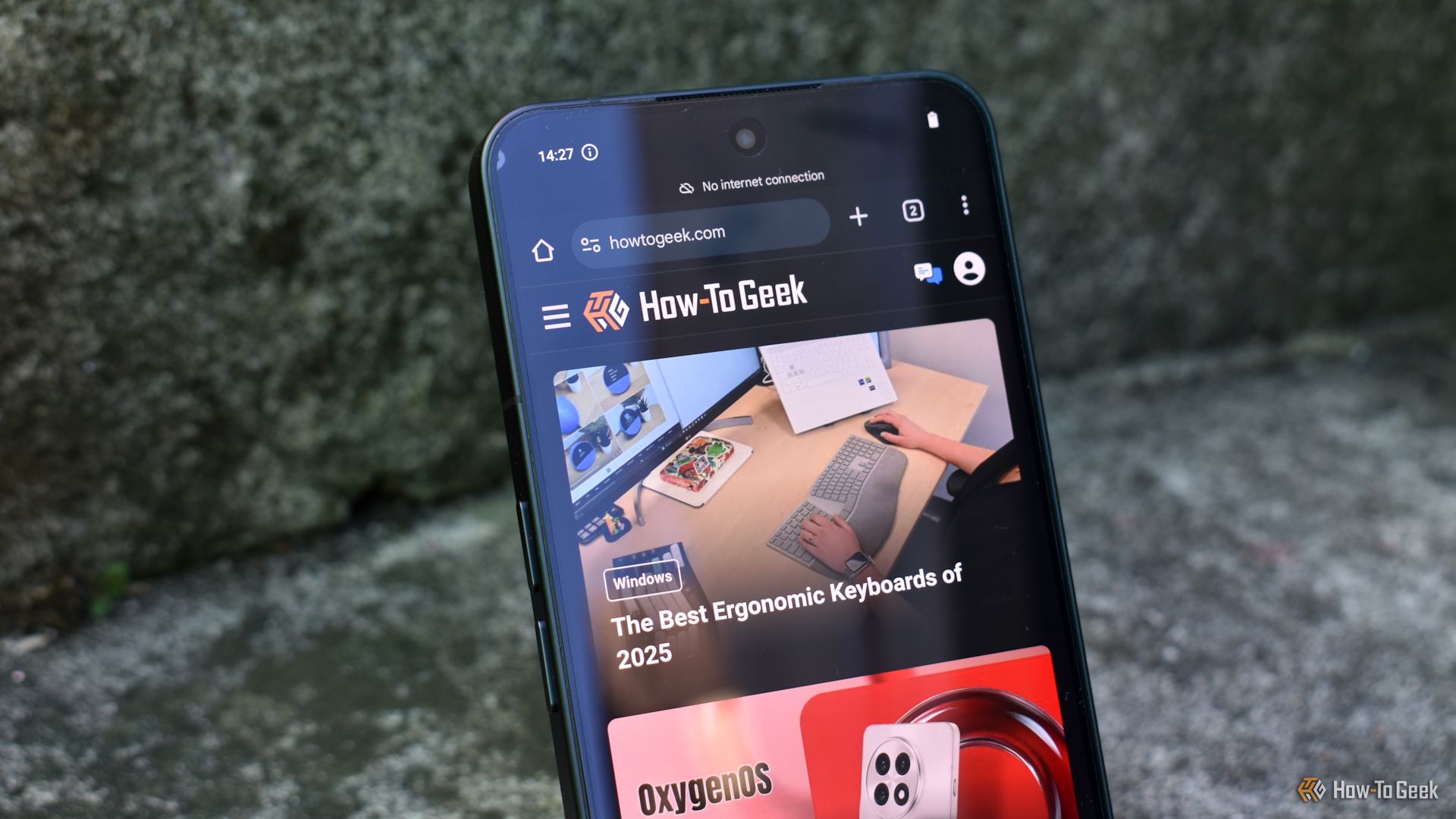
However, here's the real issue with this flagship device not featuring LTPO: other flagship devices do have it, so it unfortunately counts against the Phone (3) as a whole unit when most of the time, it wouldn't matter one jot.
The Glyph Interface Is Gone, the Glyph Matrix Is In
The biggest visual design change on the Nothing Phone (3) is the new Glyph Matrix. Nothing swapped its iconic LED Glyph Interface for a 25x25 pixel micro-LED display, and this is definitely a good move.

When the Nothing Phone (1) revealed its eye-catching LED display, it was a game-changer for smartphone visual design. But now, three years and numerous devices into the future, those LEDs have run their course. There is only so much information that a light-up LED array can give. And despite Nothing CEO Carl Pei's lofty claim that 80 percent of Nothing Phone owners use the Glyph Interface, it's hard to imagine that's a consistent, concerted focus.
What I mean is that I never go out of my way to turn the Glyph Interface off on my Nothing Phones, but I don't spend time programming individual LED displays for my contacts. I have better ways to spend my limited time on this planet. But when the phone rings or I receive a notification, sure, the Glyph Interface lights up.
The Glyph Matrix is immediately refreshing and more user-focused, providing specific notification types that pop up when you receive a call, email, or SMS. And for those that still want to assign a unique pattern to each call, you can. The difference is that the pattern will display in the Glyph Matrix instead.
It's not just about information now, either. The Nothing Phone (3)'s Glyph Matrix includes games known as Glyph Toys, such as rock, paper, scissors, and spin-the-bottle, while you can also use the Matrix to help you frame your selfie.

All of these new features are great, but leave me with a sense of... why? The games are admittedly cute, but Nothing's marketing for some of them was wild, suggesting we use it to figure out who pays the bill for an expensive dinner. FYI, Nothing, most folks split the bill and don't randomly drop hundreds of bucks on their friends. Similarly, I'm not at a party playing spin the bottle to find out who I'll be making out with next. I'm 37, and most of your biggest fans are likely well into mid-life at this point. If I want to check my battery level, I'll just turn the phone over rather than press a button several times.
Similarly, I take selfies with the 50MP front-facing camera built into the phone, as I imagine most folks do these days. It's the whole reason we have front-facing cameras these days.

So, yes, they're fun, but outside of a quick, "check this out" to friends and family, I'm still skeptical about how many people will really use the new Glyph Matrix. At this point, if you're going the extra steps to create an extra display, why not just make it an actual display, like a foldable? Tech and cost issues notwithstanding, it just seems like going the whole hog and fully committing would make it oh-so-usable compared to the almost-there version we have now.
Now, one aspect of the Glyph Matrix that's interesting is that the Nothing Glyph Matrix has an open API. This means Nothing's passionate developer community can create new ideas for the Matrix, opening the display up to some hopefully useful and creative ideas.
Massively Improved Cameras

Another positive for the Nothing Phone (3) is the clear attention the cameras have been given—they're easily the best cameras I've seen on a Nothing Phone. The triple 50MP camera array is a significant upgrade on the Nothing Phone (3a) and (3a) Pro (both launched earlier in 2025), and the overall quality is a clear step-up.
The Nothing Phone (3) features a 50MP primary camera, a 50MP 114-degree ultra-wide, and a 50MP periscope lens with up to 6x zoom, the latter of which I've been impressed with.
The images below were shot from over three miles away. The final image uses the 6x zoom, which is the equivalent of a 140mm. It's not the same as a full-frame camera (obviously, it's a smartphone!), but I'm massively impressed with the quality, accuracy, and detail available at that distance.

I was also impressed with the level of quality shown throughout the various levels of zoom. Nothing has given them each a specific lens measurement, which is a nice detail and helps to guide the type of image you shoot.
Subjects are also nicely detailed at close ranges, too, and the macro mode is also a positive, capturing great detail when required. The Nothing Phone (3) delivers an accurate and vibrant image using each of its integrated lens lengths, and it makes the Phone (3) a handy point-and-shoot companion for people like me: not necessarily a great photographer, so I want to take nice snaps easily.
Interestingly, Nothing lined the Phone (3) up with a handful of Presets, which you can also add your own custom options to (and import from others). I had some fun with the B&W Film mode, although I found the Lenticular mode a bit odd.
Similarly, the 50MP front-facing camera takes nice, clear shots. Switching to Portrait mode allows you to adjust the depth of field to create a significant blur effect, and I was generally pleased with its output.
Don't Listen to the Haters: Phone (3) Performs Just Fine
The run-up to the Nothing Phone (3) launch was punctuated by a series of leaks detailing its hardware. Of the leaks, the biggest eyebrow raiser was undoubtedly the Qualcomm Snapdragon 8s Gen 4—a step below its top-tier Snapdragon 8 Elite chip.

Nothing's strong marketing around the Phone (3) was laser-focused on delivering a flagship device to take on the tech giants. But for many, eschewing the most powerful smartphone chipset was a direct contravention of this.
Now, for my part in this. The Nothing Phone (3)'s Snapdragon 8s Gen 4 is a great chipset. It's power-efficient and delivers enough power that you'll be playing almost every game on high settings with buttery-smooth graphics.
I just haven't noticed the lack of a Snapdragon 8 Elite holding me or this device back. The Nothing Phone (3) is perfectly responsive at all times. Transitions between games and apps is easy and without lag. It still scores very highly on 3DMark's Wild Life Extreme benchmark and Geekbench.
Mostly All Day Battery Life
As mentioned above, the Nothing Phone (3) features a decently sized 5150mAh silicon-carbon battery. These days, silicon-carbon is an absolute must, especially on any unit marked flagship, so it's good to see Nothing pack this in. The energy density means the Phone (3) will last for hours upon hours, and certainly keep you going through a busy day.
The Phone (3) lost 10 percent during my 1080p60FPS HDR video test (100 percent brightness), which is perfectly fine. Battery drops during gaming varied; it dropped around 8 percent during a 30-minute Wreckfest stint, and around 12 percent during a 30-minute whirl on GRID Autosport. Again, perfectly acceptable and completely normal battery use.

The Nothing Phone (3) is equipped with 65W fast charging and 15W wireless charging. The former works as expected, taking around 52 minutes for the phone to charge to full, which is great.
But here's the rub: if Nothing wants the people who buy your smartphone to use 65W charging, please include a suitable charger. The included charging cable is great, but not everyone has a 65W charger lying around, and you're somewhat shortchanging those buying the device for its battery specs if they can't actually use it at the advertised speeds.
The Essential Space Is Developing Nicely (As Is Nothing OS)
The Essential Space launched with the Nothing Phone (3a) and (3a) Pro has also received some really useful upgrades. I made no qualms about my issues with Nothing's latest AI tool, but could see the potential of a smartphone space that updates and automatically organizes information you give to it.

But now, Essential Search gives the Essential Space (and the rest of your device) the power of deep search. It's a real upgrade, it has to be said. The search bar in the app drawer can now work through your apps, SMS, calendar, and more, to find what you're looking for. And if it can't find it, it'll launch a browser window to get the information you need.
Of course, a deeper search requires trust. To search your entire device, you have to allow Essential Search to access all corners of your smartphone, which is an issue if you're even slightly privacy-inclined.
Essential Search integration with WhatsApp would be great, but end-to-end encryption means that's not possible. Searching SMS is useful, but let's face it, barely anyone actually uses SMS. Apple device owners use iMessage, while Android device owners typically use a combination of messaging apps, often dictated by their geographic region (although WhatsApp is gaining ground in most places these days).
Still, it's encourage to see more functionality in the Essential Space—which was exactly what I asked for in my Nothing Phone (3a) Pro review earlier in 2025.
Elsewhere, Nothing OS has evolved into one of the best non-stock Android experiences. I still have my gripes with the lack of color in the default Nothing OS package, but it's so easy to switch that it's hardly a problem now. Nothing provides the option during device configuration, so it knows that many folks want the immediate option. It's refreshingly bloat-free. I've tested a few Android devices in 2025 that blow my mind with how bad the Android experience is (I'm staring directly at you HyperOS). That smooth, seamless experience shouldn't be overlooked.
Should You Buy the Nothing Phone (3)?
What a question. I don't think I've ever reviewed such a confused device. And that's the crux of the Nothing Phone (3): what are you?
Priced like a top-end flagship but lacking some of the features. A design language at odds with its own history and the device itself. Great cameras that almost put more expensive devices to shame. All-day battery life and fast charging.
Price is a big sticking point with the specs Nothing has delivered. Those that really want a Snapdragon 8 Elite chip for the "ultimate performance" can get one—and pay less money to do so. Those who want longer battery life can—and pay less money to do so. The price to device just doesn't quite add up.
I really like the Phone (3). I just wish Nothing hadn't gone for the "flagship" terminology. Once those words were uttered, expectations rose, and anything below what we see from flagships from the big companies like Apple and Samsung becomes below par. When, in reality, the Phone (3) is anything but.

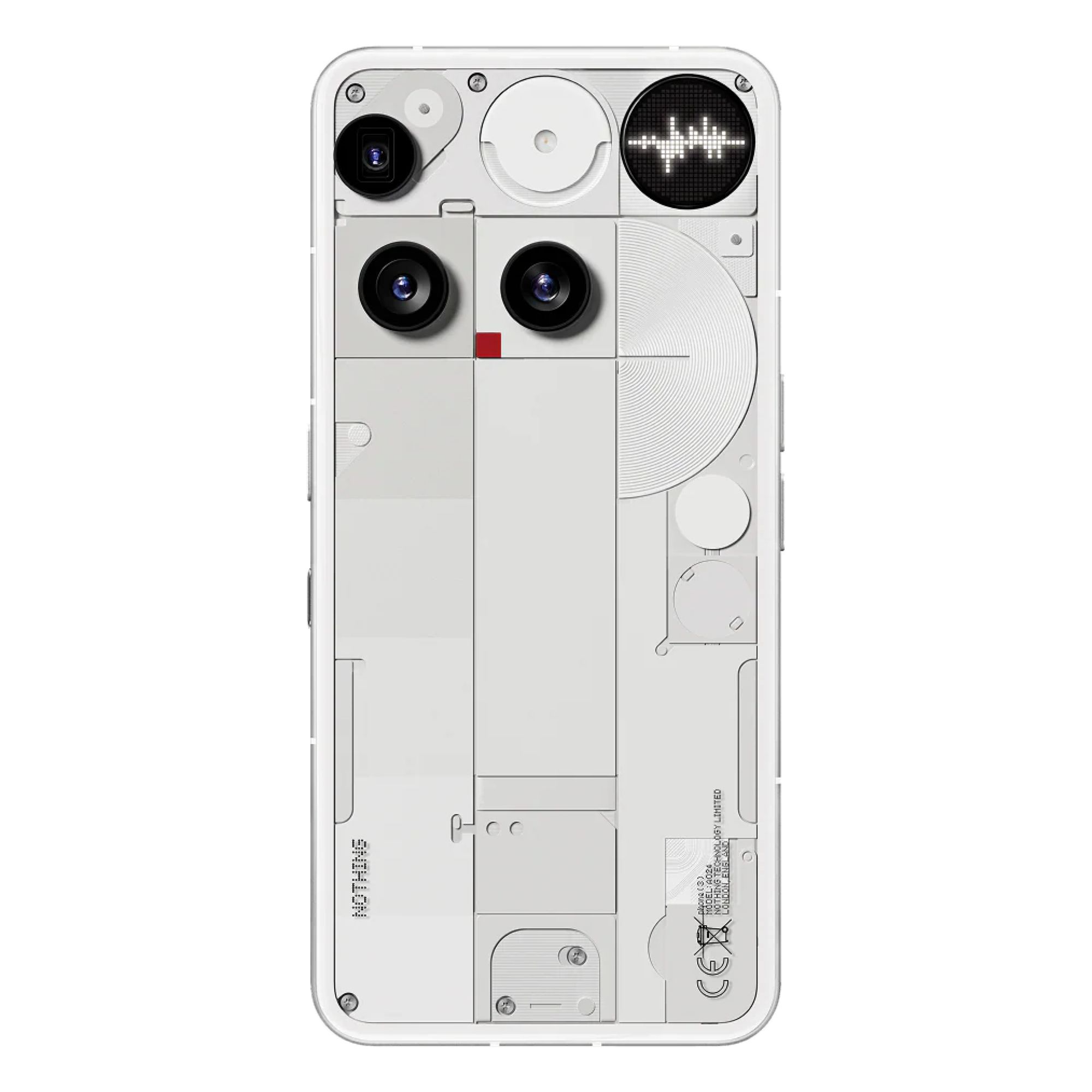
Nothing Phone 3
- Brand
- Nothing
- SoC
- Qualcomm Snapdragon 8s Gen 4
- Display
- 6.67-inch, 1260x2800 (1.5K) AMOLED
- RAM
- 12/16GB
- Storage
- 256/512GB
- Battery
- 5,150 mAh
The Nothing Phone (3) is a bold new flagship that mixes unique design, strong performance, and some handy new features, though not without compromise. It boasts a Snapdragon 8s Gen 4 chip, triple 50MP cameras, a sharp 1.5K AMOLED display, and the new Glyph Matrix for notifications and mini-games. The $799 starting price places it in flagship territory, but it lacks LTPO display tech and a top-tier chipset, which may put off spec-focused buyers. Still, with solid battery life, fast charging, and standout design, the Phone (3) offers a different take on what a modern flagship can be.


